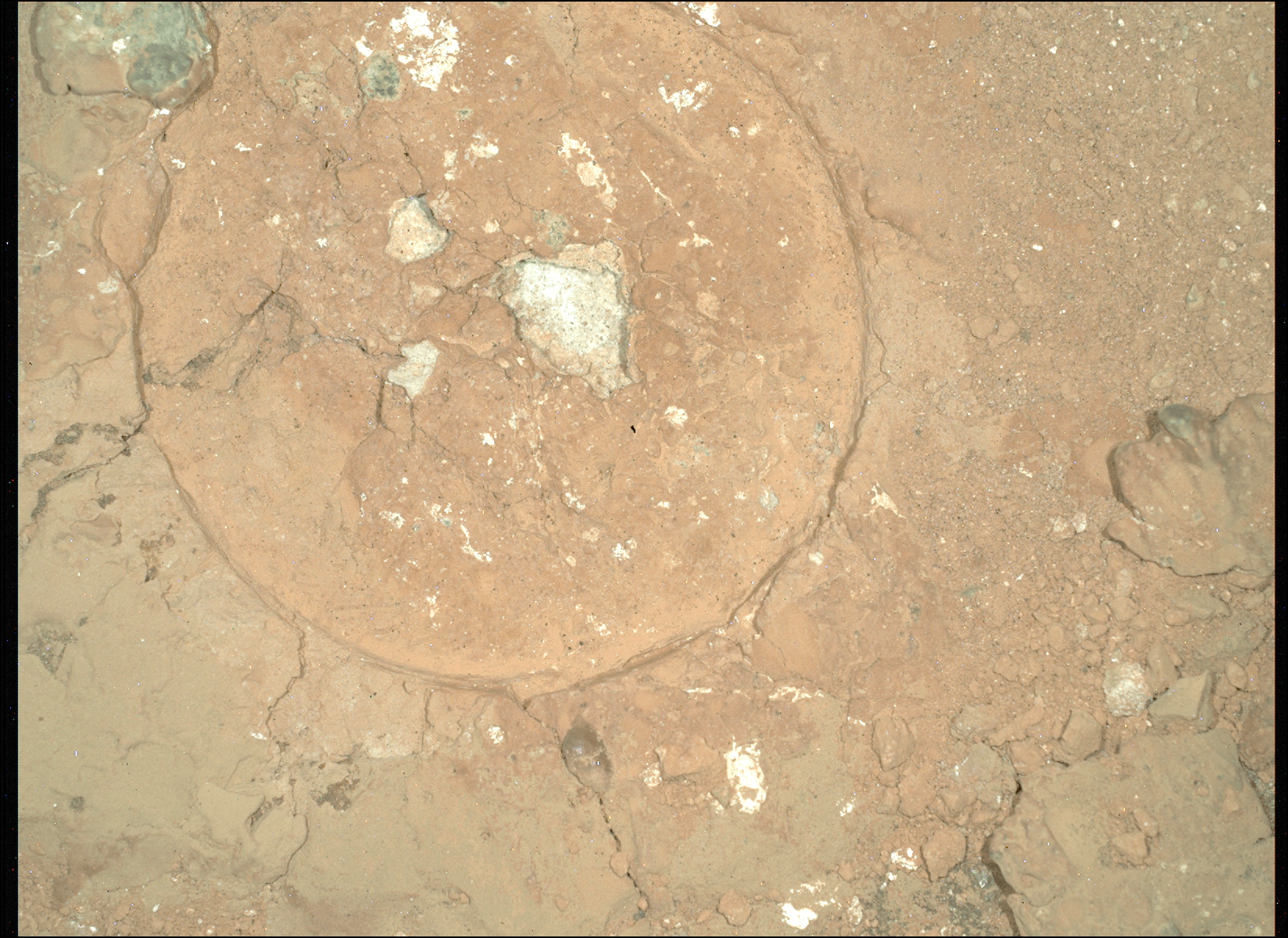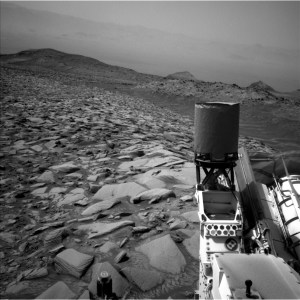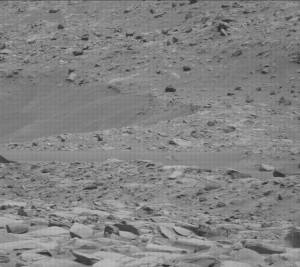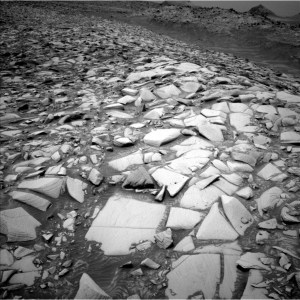- Perseverance Home
- Science
- News and Features
- Multimedia
- Mars Missions
- The Solar System
2 min read

After discovering and sampling the "leopard spots" of "Bright Angel," it became apparent that Perseverance's journey of discovery in this region was not yet finished. Approximately 20 sols (Martian days) after driving south across Neretva Vallis from Bright Angel, the rover discovered the enigmatic and unique red rocks of "Serpentine Rapids."
At Serpentine Rapids, Perseverance used its abrading bit to create an abrasion patch in a red rock outcrop named "Wallace Butte." The 5-cm diameter abrasion patch revealed a striking array of white, black, and green colors within the rock. One of the biggest surprises for the rover team was the presence of the drab-green-colored spots within the abrasion patch, which are composed of dark-toned cores with fuzzy, light green rims.
On Earth, red rocks - sometimes called "red beds" - generally get their color from oxidized iron (Fe3+), which is the same form of iron that makes our blood red, or the rusty red color of metal left outside. Green spots like those observed in the Wallace Butte abrasion are common in ancient "red beds" on Earth and form when liquid water percolates through the sediment before it hardens to rock, kicking off a chemical reaction that transforms oxidized iron to its reduced (Fe2+) form, resulting in a greenish hue. On Earth, microbes are sometimes involved in this iron reduction reaction. However, green spots can also result from decaying organic matter that creates localized reducing conditions. Interactions between sulfur and iron can also create iron-reducing conditions without the involvement of microbial life.
Unfortunately, there was not enough room to safely place the rover arm containing the SHERLOC and PIXL instruments directly atop one of the green spots within the abrasion patch, so their composition remains a mystery. However, the team is always on the lookout for similar interesting and unexpected features in the rocks.
The science and engineering teams are now dealing with incredibly steep terrain as Perseverance ascends the Jezero Crater rim. In the meantime, the Science Team is hanging on to the edge of their seats with excitement and wonder as Perseverance makes the steep climb out of the crater it has called home for the past two years. There is no shortage of wonder and excitement across the team as we contemplate what secrets the ancient rocks of the Jezero Crater rim may hold.
Written by Adrian Broz, Postdoctoral Scientist, Purdue University/University of Oregon









